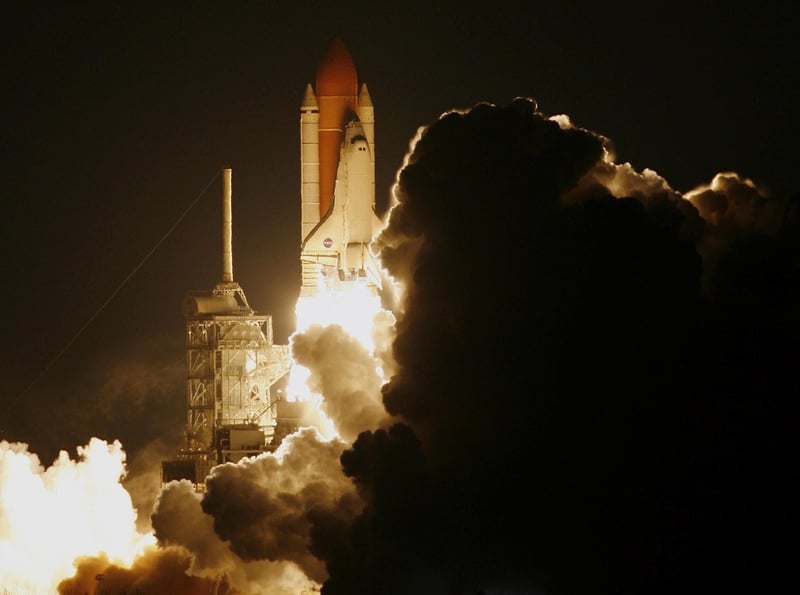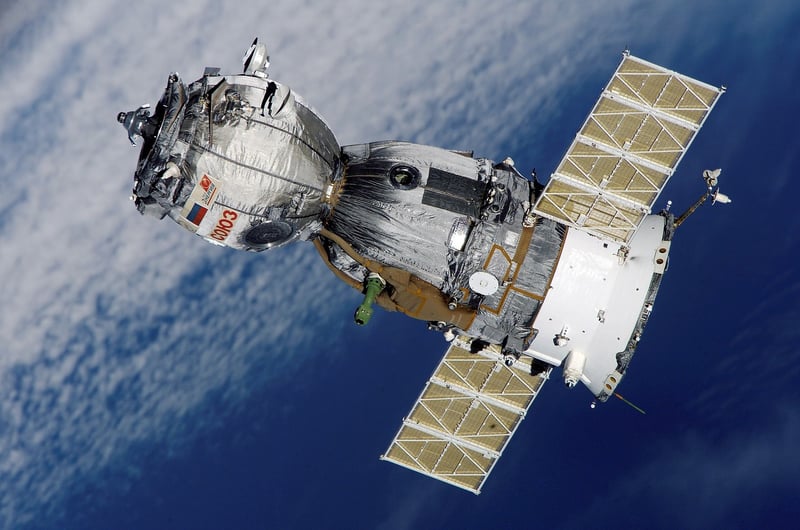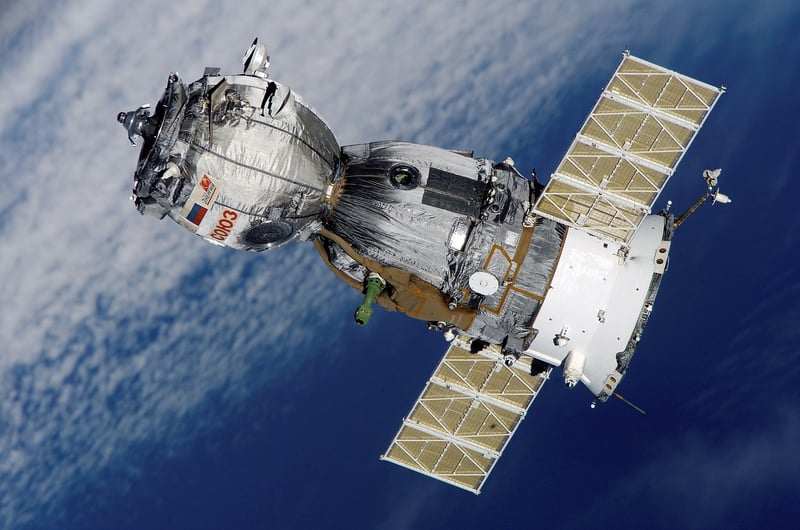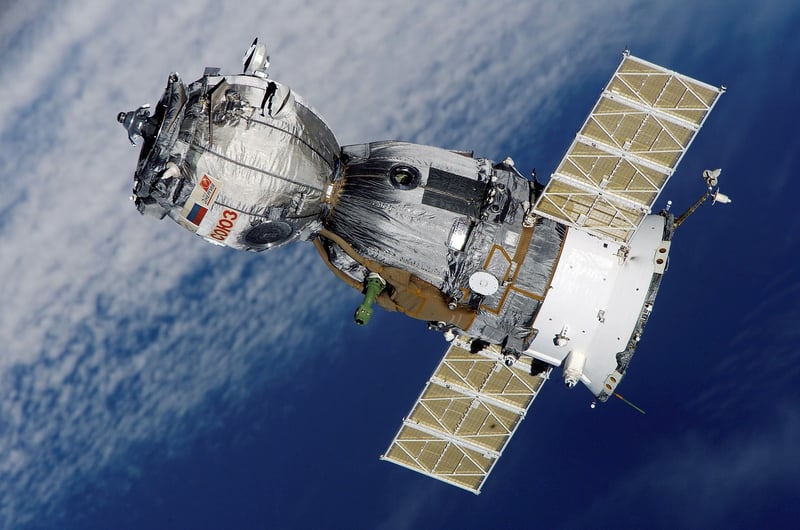Build Orbital Stations
The Future of Space Exploration: Cutting-Edge Gear and Building Orbital Stations

Space exploration has always been at the forefront of human innovation and technology. With the advancements in cutting-edge gear and the ambitious goal of building orbital stations, the future of space exploration looks more promising than ever.
Cutting-Edge Gear
Exploring the vast expanse of space requires state-of-the-art equipment designed to withstand the harsh conditions beyond Earth's atmosphere. From advanced spacesuits that provide life support and mobility to high-tech spacecraft capable of long-duration missions, cutting-edge gear is essential for the success of space exploration missions.

Robust communication systems, precision navigation tools, and innovative propulsion technologies are just a few examples of the cutting-edge gear that enables astronauts to navigate the complexities of space and conduct scientific research in microgravity environments.
Building Orbital Stations
Orbital stations serve as crucial hubs for space exploration, providing a platform for scientific research, technology development, and international collaboration. These stations orbit the Earth, offering a unique vantage point for studying our planet and conducting experiments in a microgravity environment.

Building orbital stations requires precision engineering, advanced robotics, and the coordination of multiple space agencies. The International Space Station (ISS) is a prime example of successful international cooperation in space, with astronauts from different countries living and working together in this orbiting laboratory.
As we look towards the future of space exploration, the development of cutting-edge gear and the construction of orbital stations will play a pivotal role in expanding our understanding of the universe and paving the way for human exploration of other celestial bodies.
Exciting times lie ahead as we continue to push the boundaries of what is possible in space, driven by innovation, collaboration, and a shared vision of exploring the unknown.
